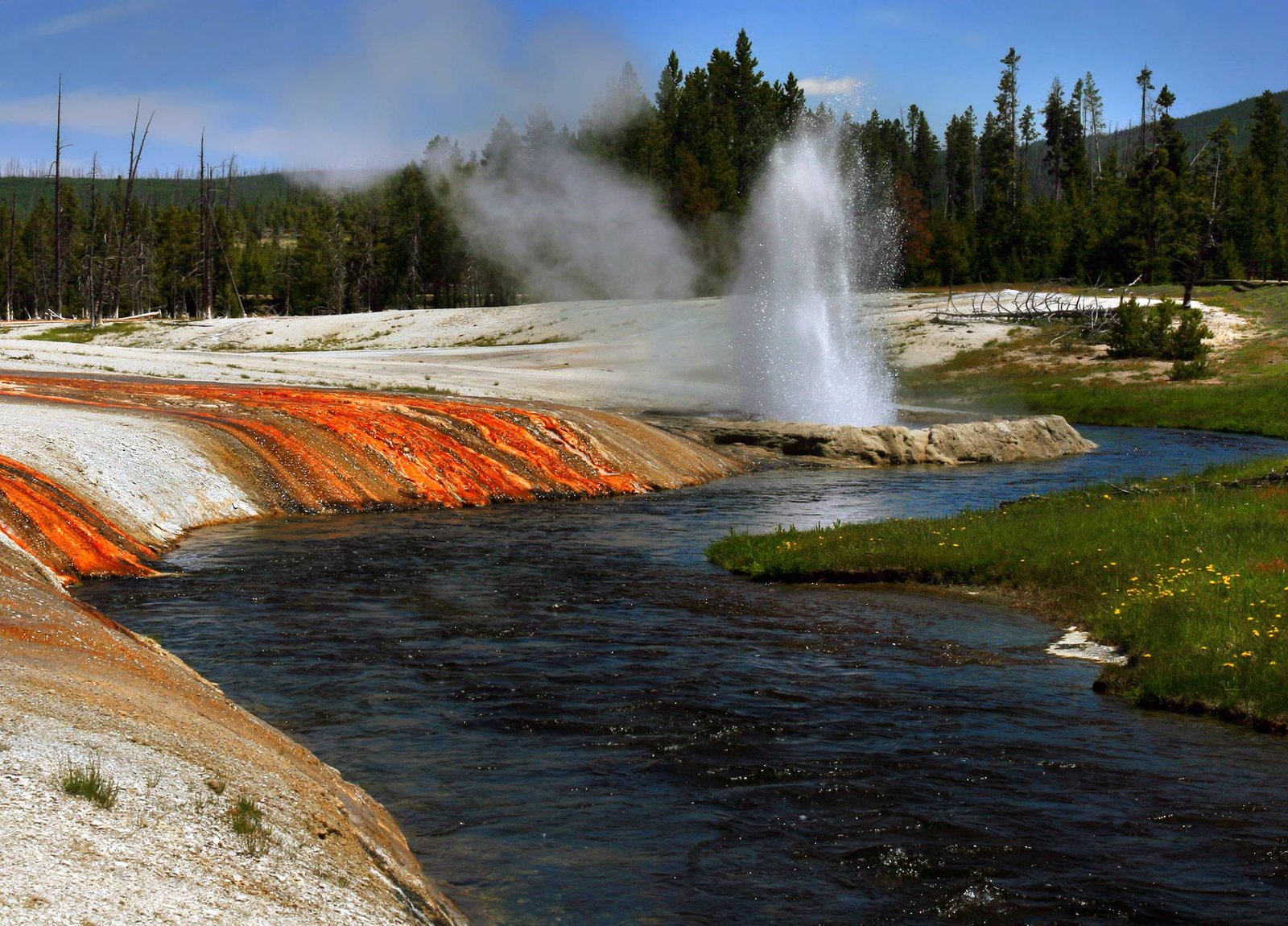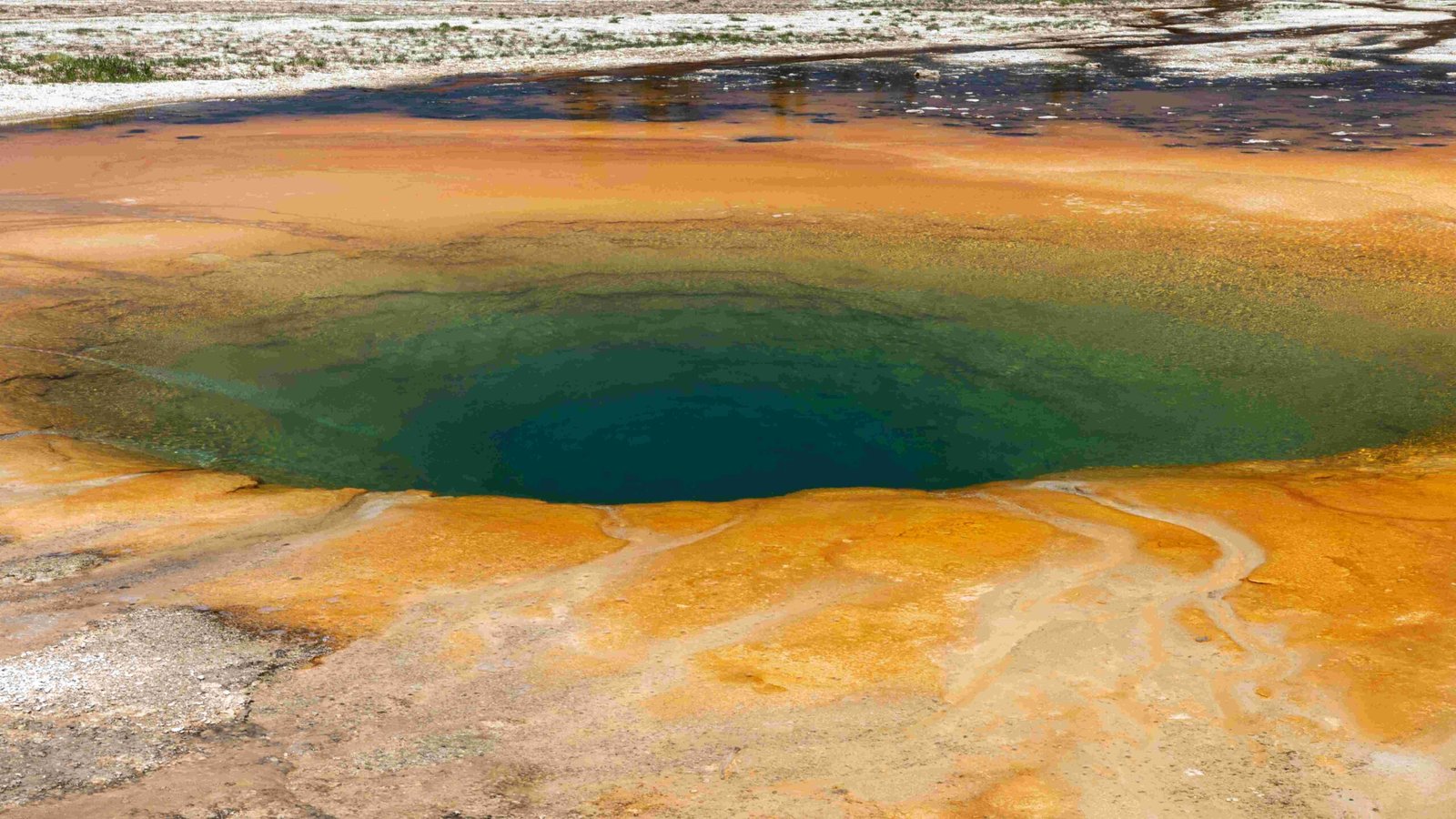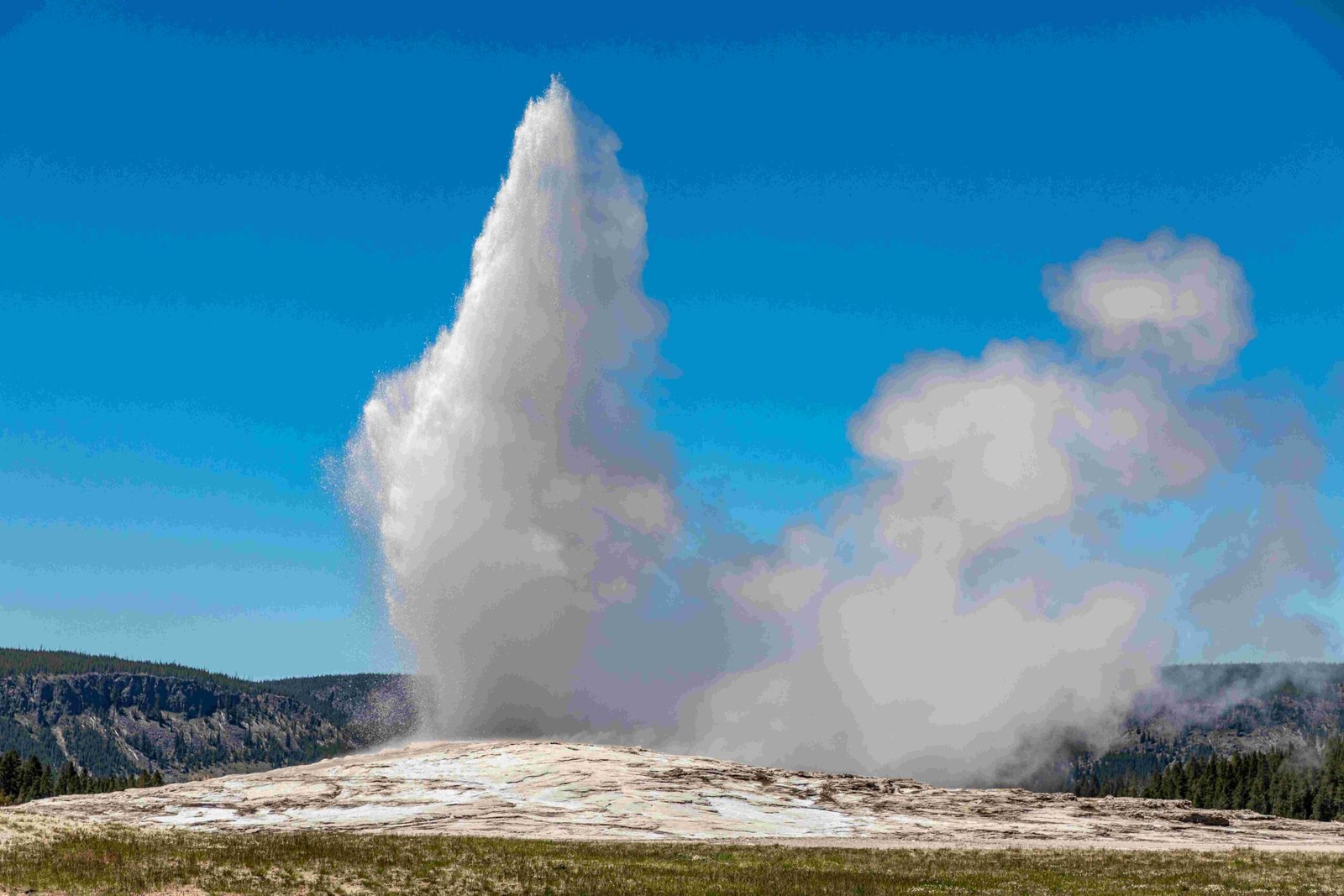Buffalo Bill, born William Frederick Cody, played a significant role in the development and promotion of Yellowstone National Park. His influence extended from establishing crucial infrastructure to advocating for wildlife conservation. Buffalo Bill’s contributions to Yellowstone National Park include the development of the East Entrance, the creation of tourist accommodations, and efforts to protect the park’s wildlife. His legacy continues to shape the visitor experience and historical narrative of America’s first national park.
What Was Buffalo Bill’s Role in Developing Yellowstone’s East Entrance?

Buffalo Bill’s involvement in Yellowstone’s East Entrance was pivotal for the park’s accessibility and tourism. He struck a deal with the Burlington Railroad and the federal government to construct two tourist hotels:
- The Irma Hotel in Cody, Wyoming
- Pahaska Tepee at Yellowstone’s East Entrance
Both of these establishments now hold places on the National Historic Register, testament to their historical significance. The development of these hotels not only provided accommodation for visitors but also played a crucial role in opening up the eastern approach to Yellowstone.
How Did Buffalo Bill’s Efforts Impact Tourism?
Buffalo Bill’s initiatives had a profound effect on Yellowstone’s tourism:
- By 1923, the East Entrance became the busiest entry point to the park
- The admission of motorized vehicles in 1917 led to Pahaska Tepee’s growth into a mountain village
- These developments significantly increased visitor numbers and accessibility to the park
What Conservation Efforts Did Buffalo Bill Support in Yellowstone?

Despite his background as a market hunter, Buffalo Bill became an advocate for wildlife conservation in Yellowstone. His efforts included:
- Writing a letter to the New York Sun in 1883, advocating for better protection of the park’s wildlife
- Contributing to the public debate over Yellowstone’s conservation
- Supporting increased protection measures for the park’s diverse fauna
This shift in perspective from hunter to conservationist highlights the evolving attitudes towards wildlife preservation in the late 19th and early 20th centuries.
How Did Buffalo Bill Contribute to Yellowstone’s Infrastructure?
Buffalo Bill’s contributions to Yellowstone’s infrastructure were substantial:
- East Entrance Development: He played a key role in establishing the East Entrance, making the park more accessible from the east.
- Accommodation: The construction of Pahaska Tepee provided much-needed lodging for visitors near the park entrance.
- Transportation: His efforts indirectly supported the improvement of roads and transportation options to and within the park.
These developments were crucial in transforming Yellowstone from a remote wilderness to a more accessible national treasure.
What Is the Buffalo Bill Center of the West?
The Buffalo Bill Center of the West, located in Cody, Wyoming, is a complex of museums and research facilities that celebrate the legacy of Buffalo Bill and the American West. Key features include:
- Buffalo Bill Museum
- Whitney Western Art Museum
- Cody Firearms Museum
- Draper Natural History Museum
- Plains Indian Museum
| Museum | Focus |
|---|---|
| Buffalo Bill Museum | Life and times of William F. Cody |
| Whitney Western Art Museum | Western American art |
| Cody Firearms Museum | Evolution of firearms |
| Draper Natural History Museum | Greater Yellowstone ecosystem |
| Plains Indian Museum | Native American cultures |
The center offers a comprehensive look at the history, culture, and natural environment of the American West, with Buffalo Bill’s life and legacy as a central theme.
How Can Visitors Experience Buffalo Bill’s Legacy in Yellowstone Today?
Visitors to Yellowstone can experience Buffalo Bill’s legacy through several key sites and attractions:
-
Pahaska Tepee: Located 48 miles west of Cody, near Yellowstone’s East Gate, this was Buffalo Bill’s original 1904 hunting lodge. It now offers lodging and dining facilities.
-
Irma Hotel: Named after Buffalo Bill’s daughter, this hotel in downtown Cody provides accommodations and dining, offering a taste of turn-of-the-century Western hospitality.
-
Guided Tours: Various tours are available that include stops at Pahaska Tepee and other sites associated with Buffalo Bill. These often start in Cody and may include visits to the Buffalo Bill Center of the West.
-
Buffalo Bill Center of the West: While not in Yellowstone itself, this museum complex in Cody offers extensive exhibits on Buffalo Bill’s life and his connections to Yellowstone.
What Should Visitors Know About Accessibility and Challenges?
When planning a visit to Buffalo Bill-related sites near Yellowstone, consider:
- Accessibility: Pahaska Tepee is accessible via the East Entrance road, with on-site parking available.
- Seasonal Variations: Some sites may have limited hours or be closed during winter months.
- Crowds: Popular sites can be crowded during peak tourist seasons, particularly in summer.
- Remote Locations: The remote nature of some sites, like Pahaska Tepee, requires careful planning for transportation and accommodations.
By exploring these sites, visitors can gain a deeper appreciation for Buffalo Bill’s role in shaping Yellowstone National Park and the broader American West.

